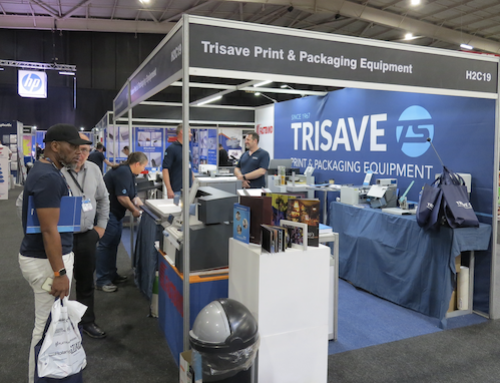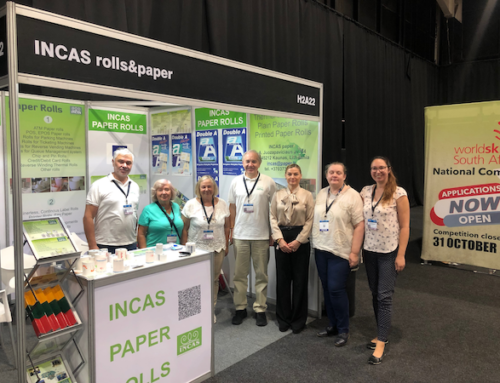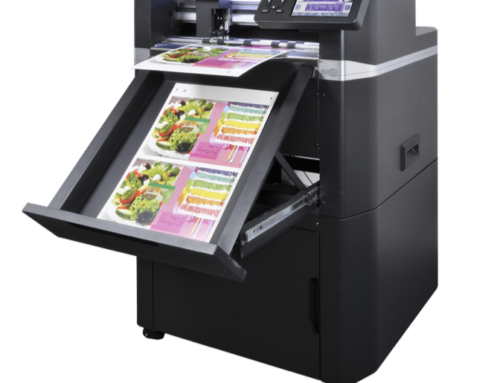Flint Group noted a drive towards LED curing over traditional UV methods and believes that while the adoption of LED has been slow and steady, market conditions, the cost of energy and the evolving regulatory landscape is indicating an uptick in the rate of adoption, particularly in Europe.
This follows the business stating that 2023 is shaping up to be the year of conversion to LED curing for label and narrow web packaging printers. Niklas Olsson, Global Director Product and Commercial Excellence, Narrow Web at Flint Group, explained, ‘Just a few years ago, the industry believed that LED curing could never match the quality or performance of UV curing and required significant investment. However, right here and right now, the case for LED curing has never been stronger, so it’s no surprise that we’ve seen businesses of every size making the transition.
‘As brands and retailers seek sustainable supply chain partners to support their ESG objectives, achieving more sustainable printing is front and centre for packaging and label printers worldwide. When we talk about LED curing, we talk reduced downtime, driving enhanced productivity and the much lower energy use offered in comparison to UV curing – believed to be between 50-80% depending on light dissipation – is becoming an extremely attractive cost and sustainability benefit too.
‘With today’s business environment and the cumulative benefits of LED, we’re clearly looking at the tipping point of real market-wide change. This is likely to intensify with global sustainability legislation limiting the use of mercury, which looks set to make UV lamps harder to acquire and dispose of. With LED curing offering lower cost in use, rapid speed, and high quality, it’s time to move the curing conversation forwards, and 2023 could be the year this happens on a broad scale.’
‘LED technology today is miles ahead of where it was a decade ago and can finally meet its potential, offering speed, quality, and consistency indistinguishable from traditional UV curing but with additional cost and environmental benefits. From our perspective, it’s the future of narrow web printing.’
FLINT GROUP
https://www.flintgrp.com/




